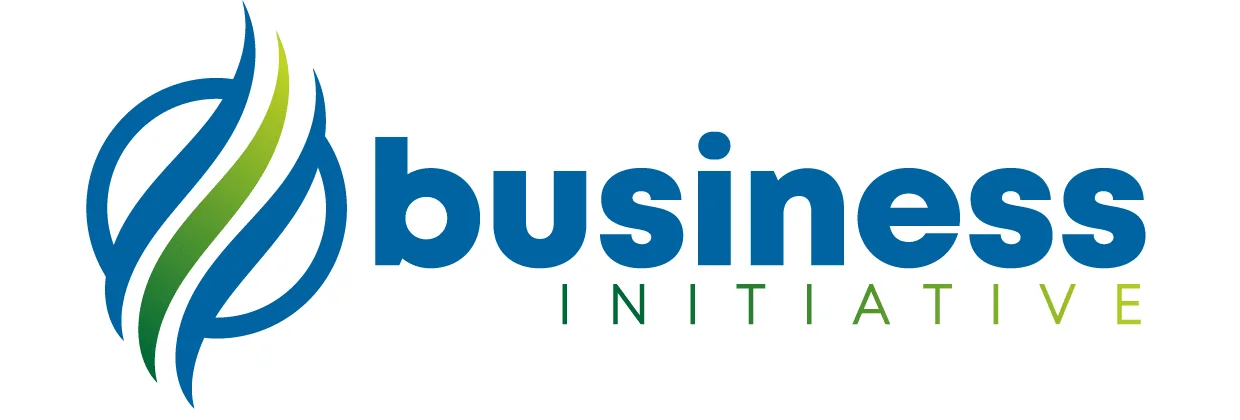🎯 What Makes This TAM Calculator Special
This isn’t your typical TAM calculator. Instead of using random industry estimates, it pulls real data from three U.S. Census Bureau databases:
- Annual Business Survey (ABS): Real business counts, revenue, and employment data
- Business Dynamics Statistics (BDS): New business formation and startup activity
- Business Formation Statistics (BFS): Geographic trends and business applications
Result: You get market sizing based on actual business data, not guesswork.
🚀 How to Use the Calculator
Method 1: Industry Analysis (Most Popular)
Best for: B2B services, software, consulting, manufacturing support
Step-by-step:
- Go here
- Select “Industry Analysis” tab
- Choose your target industry from the dropdown
- Pick business size (small/medium/large)
- Enter your average revenue per customer per year
- Set realistic market penetration (1-5% is realistic)
- Add expected growth rate
- Click “Calculate Industry TAM”
Real Example:
- Marketing agency targeting small construction companies
- Select “Construction” → “Small (1-49 employees)”
- Enter $6,000 annual service fee
- Set 2% penetration rate
- Result: TAM of $635M based on 5.3M actual construction firms
Method 2: Geographic TAM
Best for: Local services, retail, real estate, regional businesses
Step-by-step:
- Select “Geographic TAM” tab
- Choose target states (hold Ctrl/Cmd for multiple)
- Pick relevant industry
- Enter average revenue per business
- Click “Calculate Geographic TAM”
Real Example:
- Business formation service in Texas and Florida
- Select “TX” and “FL”
- Choose “Professional Services”
- Enter $2,500 average service fee
- Result: State-by-state breakdown with actual business counts
Method 3: Startup Activity
Best for: Services targeting new businesses, early-stage tools
Step-by-step:
- Select “Startup Activity” tab
- Choose industry with startup activity
- Enter your service/product price
- Pick target segment (first-year, growth, scaling)
- Click “Calculate Startup Market TAM”
Real Example:
- Business plan writing service
- Select “Professional Services”
- Enter $1,800 service price
- Choose “First Year Businesses”
- Result: TAM based on 300K+ new professional service businesses annually
Method 4: Custom Model
Best for: Unique business models, platform businesses
Step-by-step:
- Select “Custom Model” tab
- Choose industry for context
- Enter total market size (or let calculator estimate)
- Set addressable market percentage
- Define realistic market share
- Set timeframe
- Click “Calculate Custom TAM”
📊 Understanding Your Results
TAM (Total Addressable Market)
The complete revenue opportunity if you captured 100% of your target market.
Use this for: Investor presentations, market opportunity assessment
SAM (Serviceable Addressable Market)
The portion of TAM you can actually address with your business model.
Use this for: Strategic planning, resource allocation
SOM (Serviceable Obtainable Market)
The portion of SAM you can realistically capture.
Use this for: Revenue forecasting, business planning
Target Businesses
The actual number of businesses in your market based on Census data.
Use this for: Sales planning, market sizing validation
🔍 Industry-Specific Insights
The calculator provides real insights for each industry:
Technology (NAICS 51)
- 620K firms nationally
- $5.1M average revenue per firm
- Fast growth with digital transformation trends
- Opportunities: AI/ML, cybersecurity, cloud services
Healthcare (NAICS 62)
- 4.7M firms nationally
- $1.5M average revenue per firm
- Steady growth with aging population
- Opportunities: Telemedicine, health tech, compliance
Professional Services (NAICS 54)
- 5.9M firms nationally
- $1.1M average revenue per firm
- Fragmented market with specialization opportunities
- Opportunities: Digital tools, automation, remote services
Construction (NAICS 23)
- 5.3M firms nationally
- $657K average revenue per firm
- Strong growth with infrastructure spending
- Opportunities: Project management, safety, digital transformation
🎯 Pro Tips for Better TAM Analysis
1. Be Conservative with Penetration Rates
- 1-3%: Realistic for most B2B services
- 5-10%: Aggressive but possible with unique value proposition
- 10%+: Rarely achievable without major market disruption
2. Segment Your Market
Don’t try to serve everyone. Focus on:
- Industry: Which sectors need your solution most?
- Size: Small businesses vs. enterprises have different needs
- Geography: Start local, expand regionally
3. Validate with Multiple Methods
- Use 2-3 different calculation methods
- Cross-reference with industry reports
- Talk to potential customers about willingness to pay
4. Consider Market Dynamics
- Growth markets: Higher opportunity but more competition
- Mature markets: Stable but harder to penetrate
- Declining markets: Avoid unless you’re solving the decline
5. Factor in Competition
- No competitors: Validate if market actually exists
- Few competitors: Great opportunity if you can differentiate
- Many competitors: Focus on underserved segments
📈 Common Use Cases
SaaS Startup
- Method: Industry Analysis
- Target: Technology companies, 1-50 employees
- Revenue: $500/month subscription
- Penetration: 2%
- Result: Realistic TAM for investor deck
Local Service Business
- Method: Geographic TAM
- Target: Small businesses in 3-state region
- Revenue: $2,000/year per client
- Result: Addressable market for expansion planning
Business Formation Service
- Method: Startup Activity
- Target: New business applications
- Revenue: $1,500 per formation
- Result: TAM based on actual startup formation data
Enterprise Software
- Method: Custom Model
- Target: Large companies in specific industry
- Revenue: $50K+ per client
- Result: TAM for enterprise sales strategy
⚠️ Common Mistakes to Avoid
1. The “1% of China” Problem
Saying “if we get 1% of a huge market” without considering:
- Can you actually reach that market?
- Why would they buy from you?
- How much will customer acquisition cost?
2. Ignoring Market Access
Your TAM should only include businesses you can actually reach:
- Geographic limitations: Can you serve customers everywhere?
- Channel limitations: How do you reach customers?
- Resource limitations: Can you support that many customers?
3. Confusing TAM with Revenue Projections
- TAM: Size of opportunity
- Revenue: What you’ll actually achieve
- Your revenue will be much smaller than your TAM
4. Static Market Assumptions
Markets change. Consider:
- Technology disruption: Is your market growing or shrinking?
- Regulatory changes: New laws affecting your industry?
- Economic cycles: Recession-proof vs. cyclical markets
🔄 Keeping Your TAM Analysis Current
Monthly Updates
- Review new business formation data (BFS)
- Update startup activity analysis
- Monitor industry trends
Annual Updates
- Refresh with new ABS data (released each September)
- Update BDS data (released each November)
- Recalculate industry averages
Quarterly Reviews
- Validate assumptions with real market feedback
- Adjust penetration rates based on performance
- Update pricing and revenue models
🛠️ Troubleshooting
Calculator Not Loading
- Check internet connection
- Verify JavaScript is enabled
- Try refreshing the page
- Check browser console for errors
Unrealistic Numbers
- Verify your inputs are reasonable
- Check industry selection is correct
- Confirm penetration rates are conservative
- Cross-check with other calculation methods
Missing Industry Data
- Try similar industry categories
- Use Custom Model with known market data
- Contact support for specific industry requests
📞 Support and Resources
Government Data Sources
- Census Bureau: Annual Business Survey (ABS)
- BDS Data: Business Dynamics Statistics (BDS)
- BFS Data: Business Formation Statistics (BFS)
Additional Resources
- Industry Reports: IBISWorld, Gartner, Forrester
- Market Research: Statista, Grand View Research
- Financial Data: Yahoo Finance, Crunchbase
Getting Help
- Review this guide thoroughly
- Check the FAQ section on the calculator page
- Validate results with multiple methods
- Consider consulting with a business advisor for major decisions
🎯 Final Recommendations
- Start with Industry Analysis - Most comprehensive method
- Be conservative - Better to underestimate than overestimate
- Validate with multiple methods - Cross-check your results
- Update regularly - Markets change, so should your TAM
- Use for decision-making - TAM should inform strategy, not just presentations
Remember: A smaller, well-defined, and achievable TAM is better than a massive TAM that exists only on paper.
Your TAM analysis is a living document. Update it as you learn more about your market and customers.


